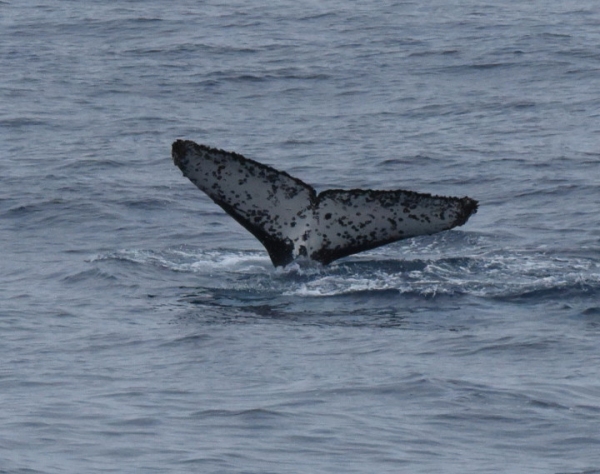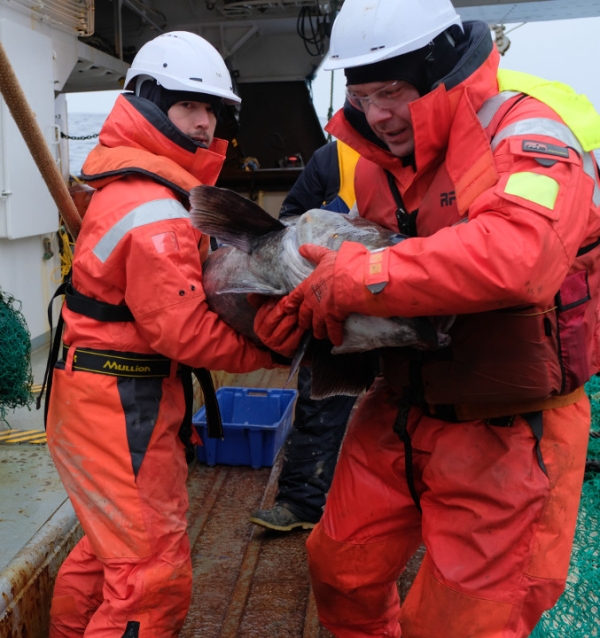After travelling almost 12,000km in the past six weeks, a group of scientists returns to Wellington at the weekend with new knowledge about life in the Ross Sea of Antarctica.
NIWA’s research vessel Tangaroa docks on Saturday morning after successfully completing research that covered all areas of the ecosystem from bacteria to whales.
The 21 scientists, supported by 19 crew, have been focusing on gathering baseline information to monitor the year-old Ross Sea Marine Protected Area (MPA). New Zealand scientists were joined on the voyage by marine experts from China, France and Italy.
Voyage leader and NIWA scientist Dr Richard O’Driscoll said good weather and a general lack of sea ice enabled science work to continue uninterrupted.
“Remarkably we did not lose any time due to rough weather while south of 60°S.“
Dr O’Driscoll says the amount of work achieved will benefit New Zealand and global science communities.
“We are working with other nations within the Commission for the Conservation of Antarctic Marine Living Resources (CCAMLR), to establish a long-term monitoring programme inside the Ross Sea MPA. It’s the largest MPA in the world (covering more than over a million square kilometres) and represents a major contribution to global marine protection.
“New Zealand has a commitment to playing a leading role in monitoring the MPA, and this voyage is a key contribution. Data collected on the voyage will also build on New Zealand’s reputation for research on atmosphere/ocean circulation processes. By increasing our understanding of Antarctic and Southern Ocean responses to past climate conditions, it will allow improved modelling of future changes.”
Other voyage highlights included:
- Tangaroa has travelled more than 11,800km since leaving Wellington on January 8.
- On February 4 the ship reached its furthest point south at 76° 30’ and 165° W of the voyage - just 30km shy of the most south Tangaroa has ever been.
- Almost 33 hours of video and 8000 still images were collected to look at animals living on the sea-bed.
- About 4700 samples have been preserved and must be cleared through biosecurity tomorrow.
- 36 whale sightings were logged, made up of more than 190 individual animals including humpback, minke, blue, fin and killer whales.
- Six moorings were retrieved and the six deployed. These will continue to collect data until they are picked up in 2021.
- 227 gear deployments, including 31 buoys to monitor ocean condition; 35 underwater camera runs down to a maximum depth of 1450 m; 78 plankton tows; 41 fish trawls; and 34 drops with a conductivity temperature and depth (CTD) profiler, which collected nearly 700 litres of water from the surface to 500 metres.
- The trawl catch of 1946 kg was made up of 110 species, including 56 types of fish. Rare and unusual fish species included whale-fish, snail-fish, and big-scale fish, which are being brought back for identification at Te Papa. Three large Antarctic toothfish with estimated weights of 30-40 kg were tagged and released.
More information on the Ross Sea Environment and Ecosystem Voyage 2019.


